Let your imagination run wild
Flexible LED strip lights deliver the ultimate in custom lighting that gives your car and vehicle a fantastic ambiance, be it decorative or functional. Easy to bend, shape, cut or extend in the field, and available in a variety of color and lumen package options, LED strips offer unrivaled application flexibility. DIY-friendly, long-lasting and energy efficient, these flexible, ultra-thin lights are increasingly relied on to optimize the ambiance and atmosphere inside vehicles and to provide exterior lighting for increased driving safety and visual appeal. Let your imagination run wild, there’s no limit to the creative illumination possibilities afforded by LED strip lights.
Illuminate every part of your vehicle
LED strips can be used to illuminate every part of your vehicle. Whether you want to bathe your car interior in a soothing glow, set the perfect mood for a romantic and pleasant cruise, or create special effects that rock out to your music rhythm, there’s no better way to accomplish these goals than with the use of LED strips. Exterior lighting with LED strip lights adds a new dimension to vehicle styling. The strips can be attached to or integrated into virtually any position around your big rig, truck, car, or UTV to create an eye-catching glow that can give your ride a unique look and safe daytime/nighttime visibility. Make your vehicle stand out from the rest by customizing your headlights, tail tights, turn signals, side running lights, and marker lights. LED strips can also be mounted underneath the body, in the engine bay, around the license plate, behind the grille, and between the bottom of the tailgate and the bumper to provide functional illumination or accent lighting that elevates your vehicle’s personality from ordinary to extraordinary.
Circuit configuration
Car LED strips are typically designed with an operating voltage of 12V direct current. The linear light is comprised of an elongated flexible printed circuit board having two or more electrically conductive traces laminated into a non-conductive substrate. A plurality of LEDs are soldered mounted onto the conductive traces in a mix of parallel and series for constant current designs. The string is a basic unit of an LED strip, it contains one or more LEDs that are connected in series. Typically, a 12V car LED strip is configured with 3 LEDs in series per string. Multiple LED strings is wired in parallel on the strip to create a continuous run of lighting. Since each LED string is an independent and complete circuit, an LED strip lights can be cut between every LED string to create custom lengths. Multiple LED strips can also be joined to create illumination over long runs. The LEDs are arranged in varies pitches. The shorter the pitch, the more uniform the light over the entire run of the strip.
FPC performance
The flexible printed circuit (FPC) of a car LED strip light is typically fabricated using layers of polyimide (PI) which provides the electrically conductive traces with protection and structural integrity. Polyimide is the flexible-circuit dielectric material of choice because it does not exhibit a softening or melting point and can withstand soldering temperatures up to 300°C for a short time. The tough nature and excellent resistance to thermal or chemical damage lend LED strips to applications where a high degree of reliability and immunity to environmental influences is of paramount importance. Wrought or rolled and annealed copper, also known as RA copper, is the material of choice for flexible-circuit conductors. RA copper is much more flexible than electro-deposited copper (ED) copper because the rolling annealing process gives the copper foil a grain structure in the planar direction. Over challenging thermal cycling conditions which are often faced by car LED strip lights, FPCs that use RA copper foils have demonstrated improved resistance to conductor cracking from thermal stress. Car LED strips must be tough enough to withstand the outdoor abuse. The requirement for the LED strip to survive vibration challenges the solder joint reliability. ED copper foils not only have a greater chance of fracturing when bent to a small radium, but are less eligible to handle significant performance demands on the solder joints.
Design considerations
Car LED strip lights are available in many different types that vary in PCB width, LED density, controllability, ingress protection (IP) rating, as well as size, luminous efficacy and color attribute of the LEDs. Higher power or higher density LED strips require the use of heavier copper traces to ensure the current carrying and heat transfer capacity of the FPC. The SMD LEDs populated on the FPC come diverse color options including warm white, neutral white, cool white, red, blue, green, amber, purple, integrated tunable white and RGB/RGBW/RGBA. Tight binning based on forward voltage and color points (chromaticity or peak wavelength) remains essential to producing LED strips and lighting installations with high color consistency and uniform illumination. Consistent light intensity all along the strip length also calls for control of the drive current provided to the LEDs, which is accomplished by onboard current limiting resistors or constant current driver ICs. An LED strip light is configured in a way that each LED or string of LEDs is connected in series with a current regulation device.
Control options
There are two types of car LED strips, the “analog” type and “digital” type. In analog-type LED strips all LEDs mounted on the controlled circuit will respond to control signals (on/off or dimming signals) in the same fashion. These types of products include single color LED strips and non-addressable RGB LED strips. Digital-type LED strips incorporate individually addressable LEDs which are typically multi-chip LED packages (e.g. RGB, RGBW, or RGBA LEDs). These LEDs are embedded with microcontrollers that allow every diode of an LED package to be individually controlled and display different light output—different colors and different brightnesses—on multiple LED packages simultaneously. This level of controllability gives unprecedented flexibility and personalization for color changing and a variety of dynamic effects such as chasing, fading, jumping, flashing, scrolling, etc. Car LED strips can be operated by a wired switch mounted inside your vehicle, a radio frequency (RF) controller that features a wireless remote control, or using an app installed on your iPhone or Android smartphone. Underglow LED strips are often integrated with sound sensors to synchronize lighting with music beat.
Ingress protection (IP)
LED strip lights designed for car exterior lighting applications must be hermetically sealed against the ingress of water. Typically, exterior mounted LED strip lights are encapsulated in a clear, UV inhibiting silicone casing that is IP67-rated.

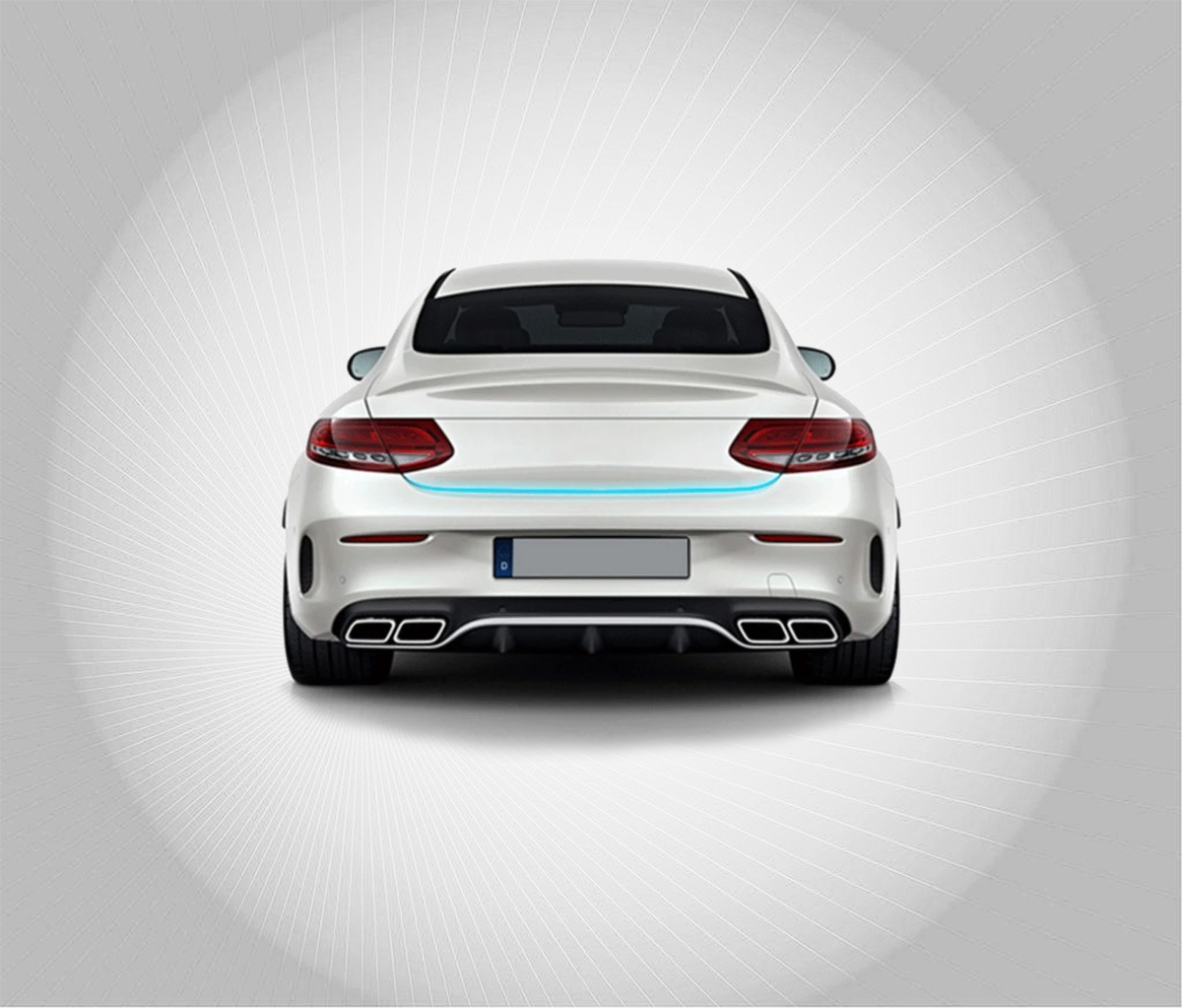
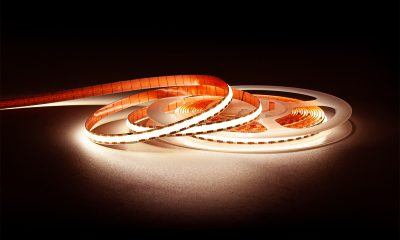
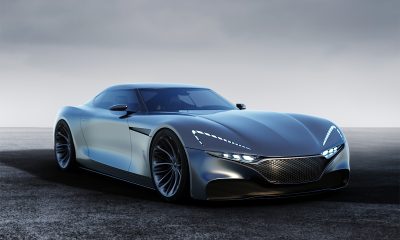
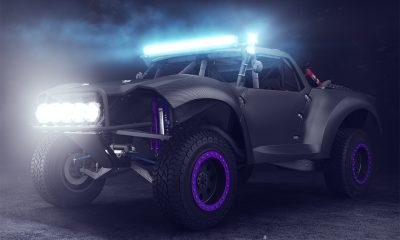
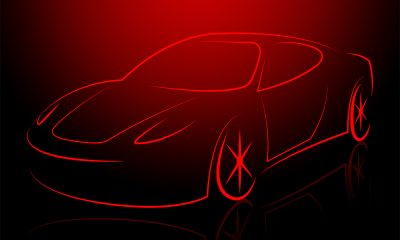
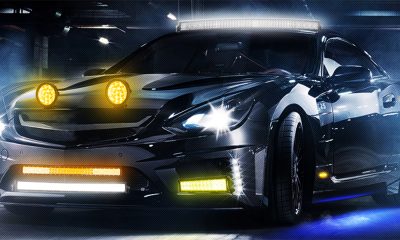

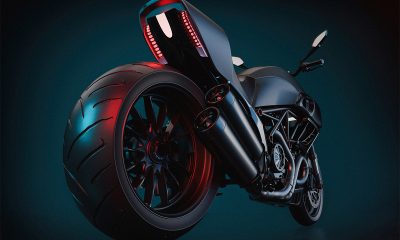

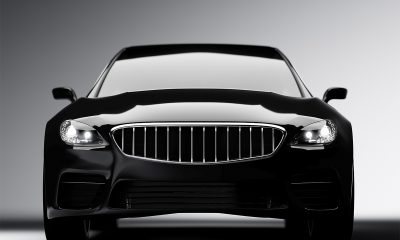


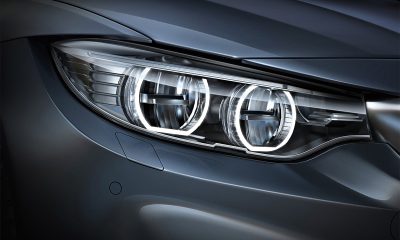





Loading...